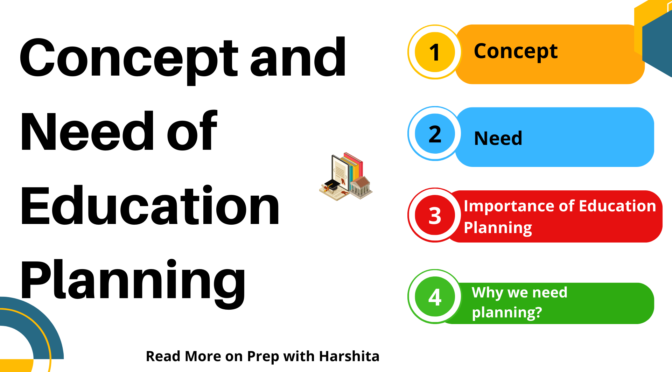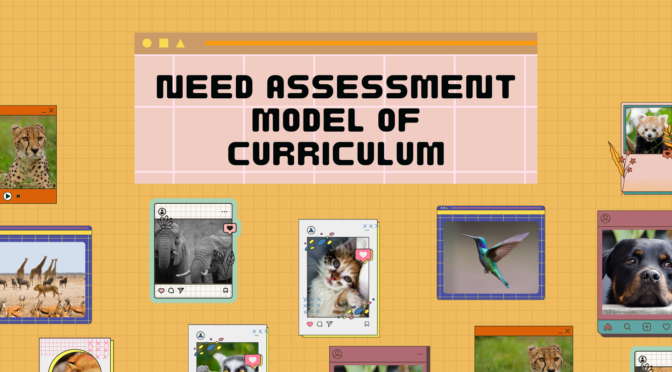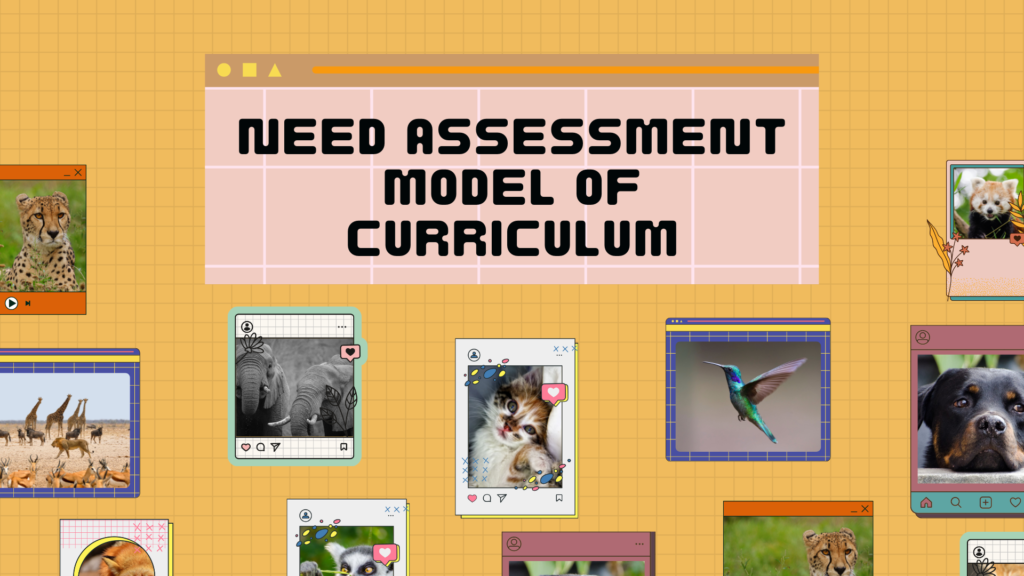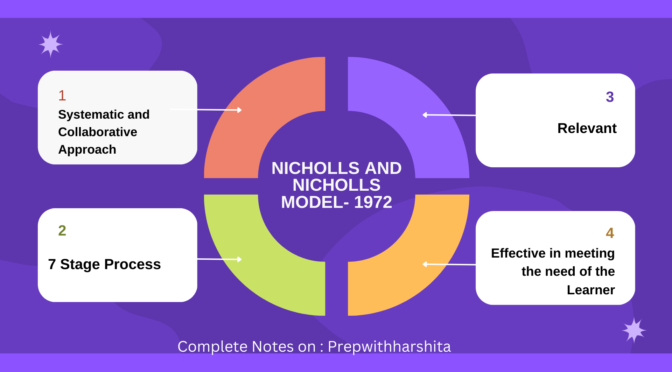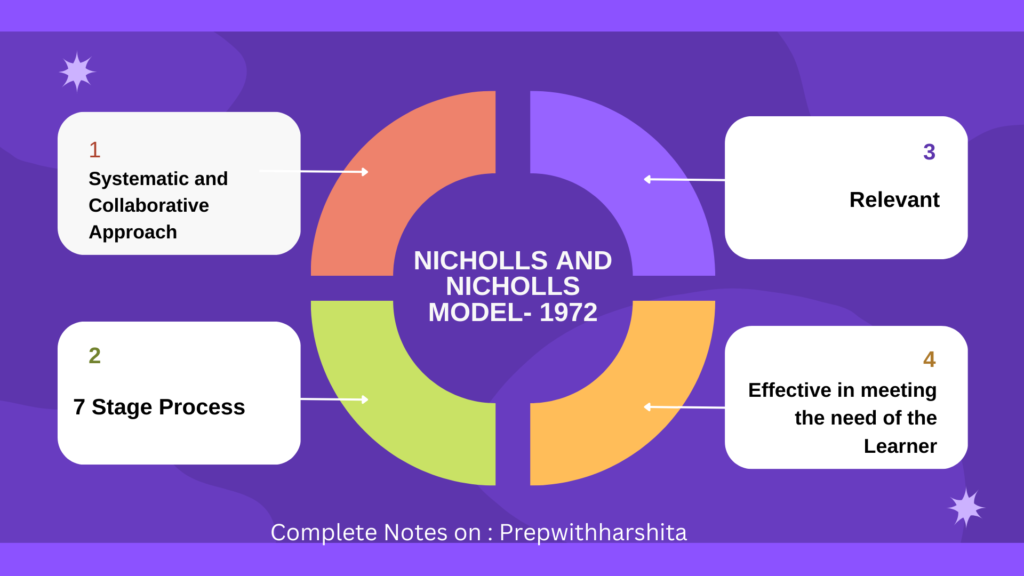Education planning at the secondary level is the process of developing and implementing a curriculum that will help students acquire the knowledge, skills, and abilities they need to be successful in college, career, and life.
Need for Education at the secondary level :
The need for education planning at the secondary level is clear. In today’s global economy, it is more important than ever for students to have the skills and knowledge they need to compete for jobs. And, with the ever-changing nature of work, it is also important for students to be able to learn new skills and adapt to new situations.
Education planning at the secondary level can help students meet these challenges by providing them with a well-rounded education that includes a focus on academic subjects, as well as on career and life skills. By planning carefully, educators can ensure that students have the opportunity to develop their full potential and to reach their goals.
Here are some of the benefits of education planning at the secondary level:
- Increased student achievement: When students have a clear path to success, they are more likely to achieve their goals. Education planning can help students by providing them with a roadmap for their education.
- Reduced dropout rates: Students who are engaged in their education and who have a clear sense of purpose are less likely to drop out. Education planning can help students by providing them with opportunities to explore their interests and to develop their skills.
- Improved college and career readiness: Education planning can help students by providing them with the knowledge and skills they need to succeed in college and in the workforce.
- Increased equity: Education planning can help to ensure that all students have access to a high-quality education, regardless of their background.
- Preparation for post-secondary education and the workforce: Education planning ensures that students are prepared for the demands of post-secondary education and the workforce. A well-designed curriculum that provides a rigorous and relevant education, along with career exploration opportunities, can help students develop the skills and knowledge they need to succeed in college, vocational training, or the job market.
- Personalized learning: Education planning provides a framework for personalized learning that is tailored to the individual needs and interests of students. This can help students stay engaged in their education and achieve their academic goals.
- Equity and access: Education planning can promote equity and access to education by providing resources and support to students who may face barriers to academic success, such as those from low-income families or with disabilities. This can help to close achievement gaps and ensure that all students have an equal opportunity to succeed.
- Strategic resource allocation: Education planning allows schools and districts to allocate resources effectively and efficiently. By identifying areas where additional resources are needed, education planning can help schools make strategic investments that improve student outcomes and support the goals of the school community.
- Continuous improvement: Education planning is an ongoing process that involves continuous improvement and evaluation. This ensures that schools are adapting to changing needs and priorities, and that the education provided to students is of the highest quality.
- Lifelong learning: Education planning can help students develop a lifelong love of learning and a desire for ongoing personal and professional growth. By providing a well-rounded education that supports critical thinking, creativity, and problem-solving, education planning can help students succeed in all areas of life.
There are many different ways to approach education planning at the secondary level. Some schools have a centralized planning process, while others allow individual teachers or departments to develop their own plans. The best approach will vary depending on the specific needs of the school or district.
However, there are some key elements that should be included in any education plan at the secondary level. These elements include:
- A clear vision for what students should know and be able to do by the end of the secondary level.
- A well-defined curriculum that includes a balance of academic subjects, career and life skills, and opportunities for students to explore their interests.
- A system for assessing student progress and providing feedback.
- A process for ensuring that all students have access to a high-quality education, regardless of their background.
Education planning at the secondary level is an essential part of ensuring that all students have the opportunity to succeed. By taking the time to plan carefully, educators can help students develop the knowledge, skills, and abilities they need to be successful in college, career, and life.
Also Visit: Prep with Harshita

Also Read: Forecasting Manpower Needs

